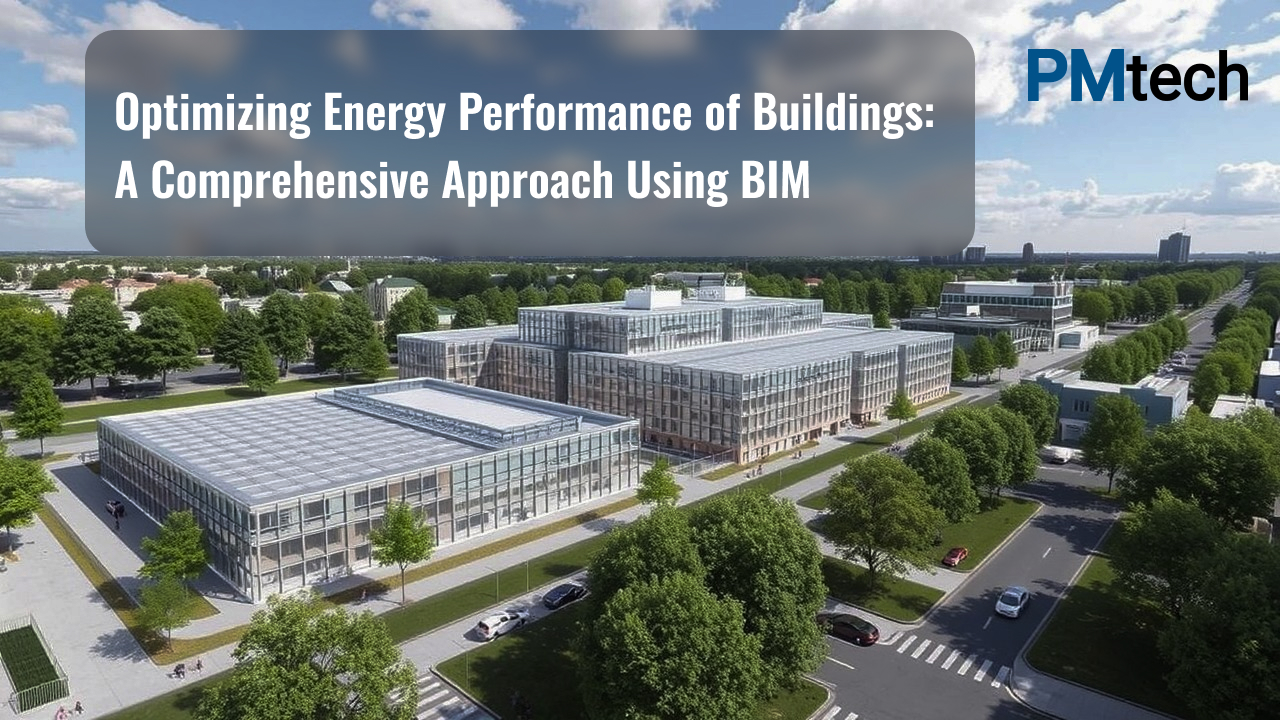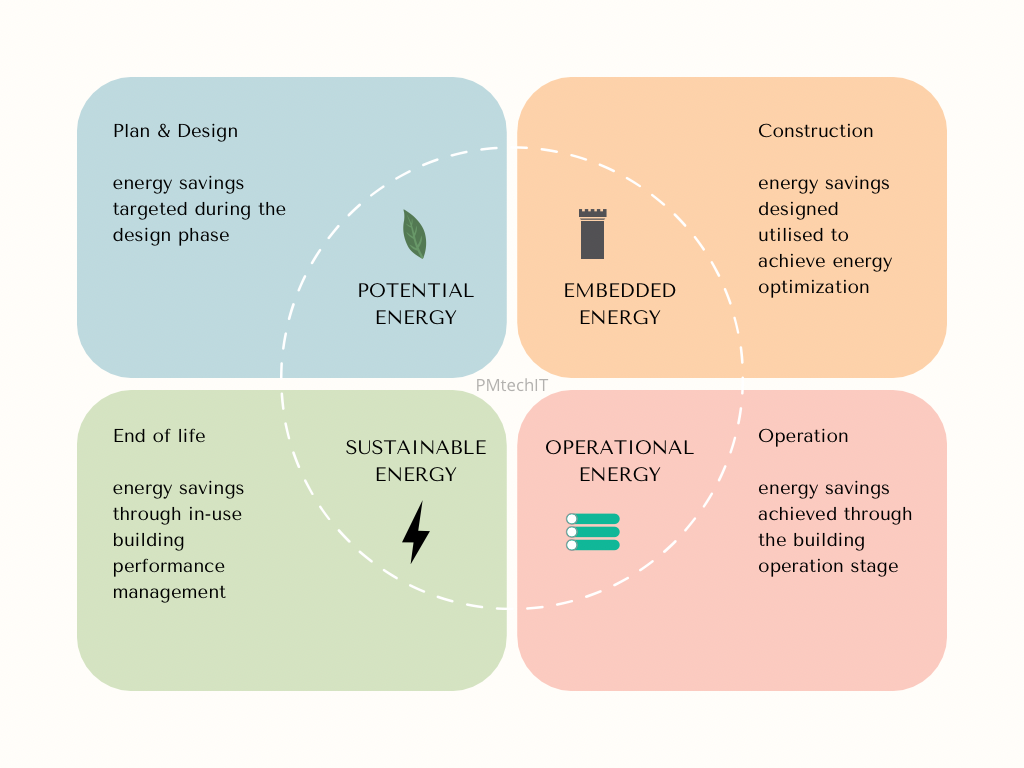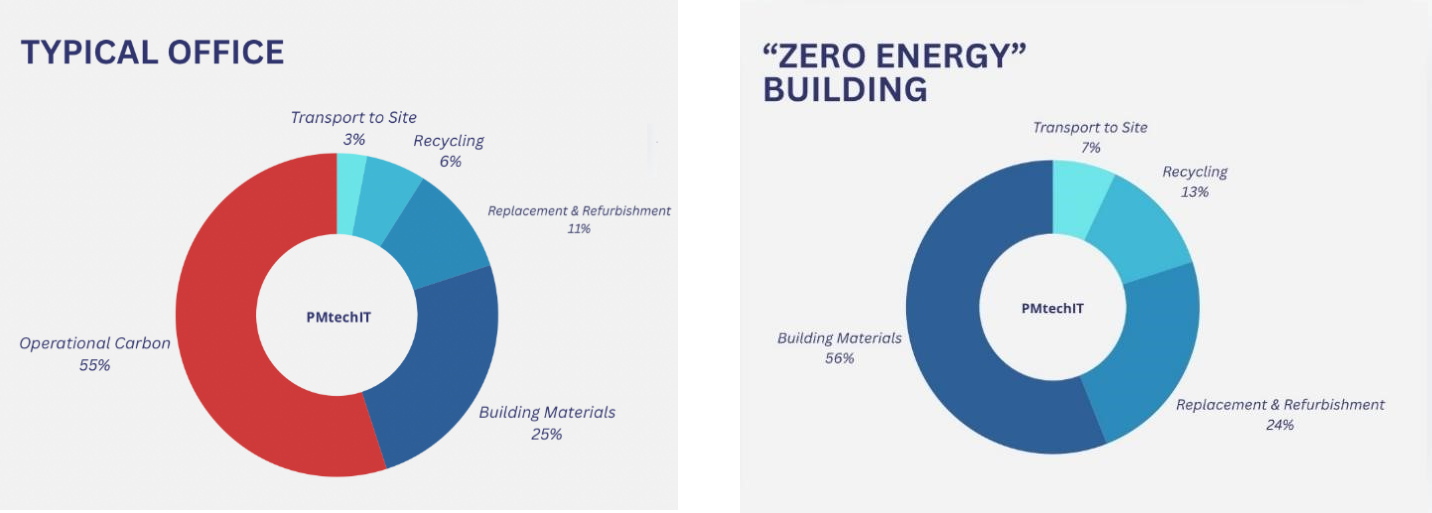Optimizing energy performance of buildings: comprehensive approach using BIM
Nov 1, 2024
Posted by Maria Begouleva
The achievement of optimal energy performance in buildings is essential for the creation of a sustainable and efficient built environment.
This goal can be pursued through rational energy consumption, the use of low-carbon and renewable energy sources, minimizing the gap between predicted and actual energy performance, and decarbonizing buildings by reducing embodied energy. Building Information Modeling (BIM) plays a crucial role in this process, offering significant advantages over traditional methods.
Key Objectives for Energy Performance Optimization
Rational, Cost-Effective Energy Minimization:
Use of Eco-Friendly Materials: Selecting environmentally friendly materials and techniques to minimize energy consumption.
Example: Using high-performance insulation materials in the design stage to reduce heating and cooling loads.
Maximization of Low Carbon and Renewable Energy Sources:
Integration of Renewables: Maximizing the use of renewable energy sources such as solar panels and wind turbines.
Example: Implementing rooftop solar panels modeled in BIM to assess their impact on energy supply and savings.
Reduction of the Gap Between Predicted and Actual Energy Performance:
Real-Time Monitoring: Using BIM for real-time energy performance monitoring to ensure predicted savings are realized.
Example: Incorporating smart meters within the BIM model to track energy usage and adjust building systems accordingly.
Decarbonization of Buildings:
Embodied Energy Reduction: Decreasing the embodied energy by selecting materials with lower carbon footprints.
Example: Choosing locally sourced, low-carbon materials during the design phase to reduce transportation emissions.
Stages of Energy Performance Optimization
Plan and Design:
Impact on Carbon Performance: The design stage has the most significant impact on a building’s carbon footprint due to the long-term effects of initial decisions.
Example: Using BIM to simulate various design options and select the one that offers the best energy performance.
Construction:
Sustainable Practices: Implementing sustainable construction methods and materials to minimize energy use during construction.
Example: Utilizing prefabricated components modeled in BIM to reduce waste and on-site energy consumption.
Operation:
Energy Management: Monitoring and optimizing energy use during the building’s operational phase.
Example: Using BIM-integrated building management systems to automate and optimize HVAC operations based on occupancy patterns.
End of Life – Demolition or Renovation:
Resource Efficiency: Planning for the building’s end of life to ensure materials can be reused or recycled.
Example: Creating a detailed BIM model that includes information on material composition to facilitate efficient demolition and recycling.
Benefits of BIM in Energy Performance Optimization
BIM provides a comprehensive platform to manage and optimize energy performance across all stages of a building’s life cycle.
Here are some practical examples:
Design Stage: BIM allows for detailed energy simulations and performance predictions, enabling designers to make informed decisions that enhance energy efficiency. For instance, BIM can be used to model the impact of different building orientations and shapes on energy use.
Construction Stage: BIM improves coordination and reduces errors, ensuring that energy-efficient designs are accurately implemented. It also facilitates the use of prefabrication and other sustainable construction methods.
Operation Stage: BIM supports ongoing energy management by integrating with building management systems for real-time monitoring and optimization. This helps maintain energy performance targets throughout the building’s lifespan.
End-of-Life Stage: BIM aids in planning for efficient demolition or renovation, ensuring that materials can be reused or recycled, thus reducing the overall carbon footprint.
Conclusion
Optimizing energy performance in buildings requires a holistic approach that spans the entire building life cycle. By leveraging the capabilities of BIM, engineering professionals can achieve significant improvements in energy efficiency, reduce carbon footprints, and contribute to sustainable construction practices. At PMtech Engineering, we are dedicated to utilizing BIM to create energy-efficient and sustainable buildings for a better future.
Feel free to contact us for more insights and support on using BIM to enhance energy performance in your projects. Together, we can build a more sustainable future.

PMtech Engineering can generate CNC data to control automated machinery for fabrication directly
June 23, 2023
CNC (Computer Numerical Control) is a method of automated equipment control used in manufacturing, including milling machines, lathes, laser cutters, and other types of machines.
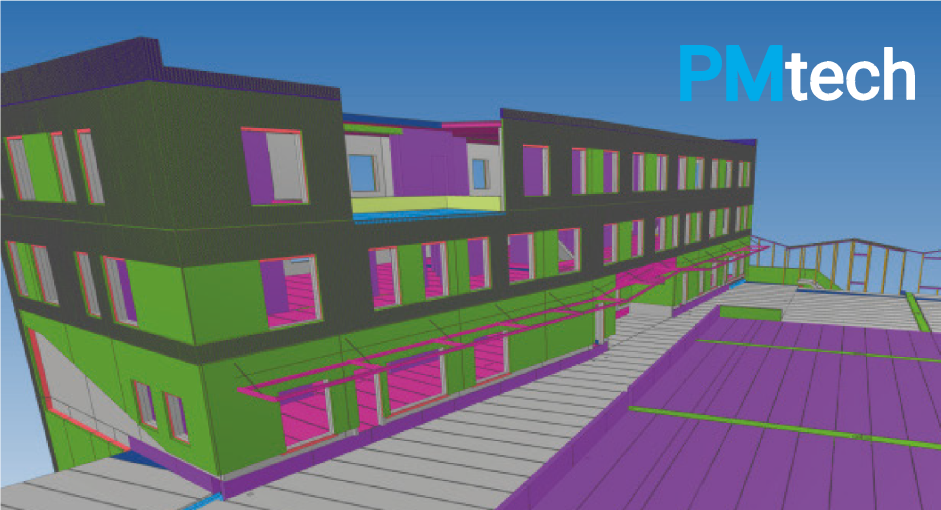
PMtech Engineering’s scope of work with digital building design
June 21, 2023
Generate output lists by providing intelligent attributes along with 3D information.
Generate quantity lists and bills of materials for all elements.Determine space states.
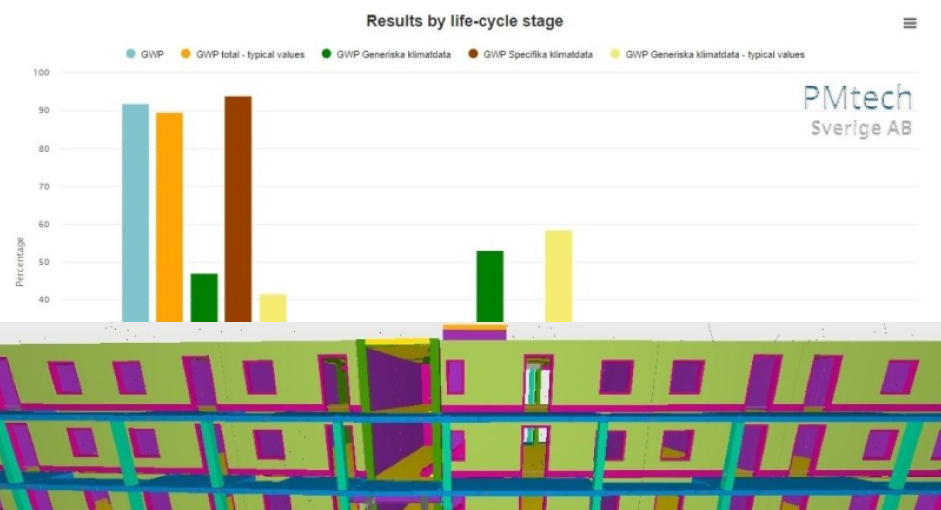
CO2-optimization of reinforced concrete frames
June 6, 2023
In our projects we are strongly committed to the values of sustainable development and environmental policy in all our projects. From early stage consultations to CO2 optimization.

